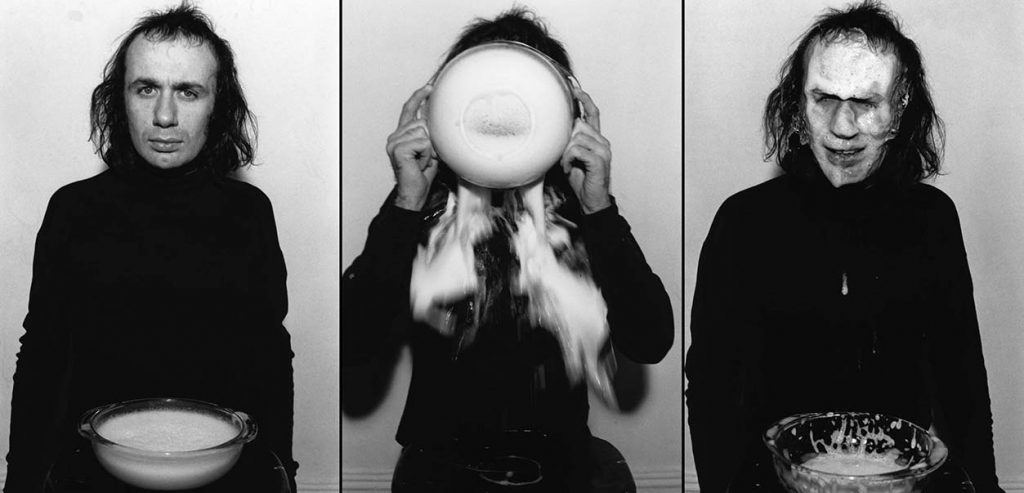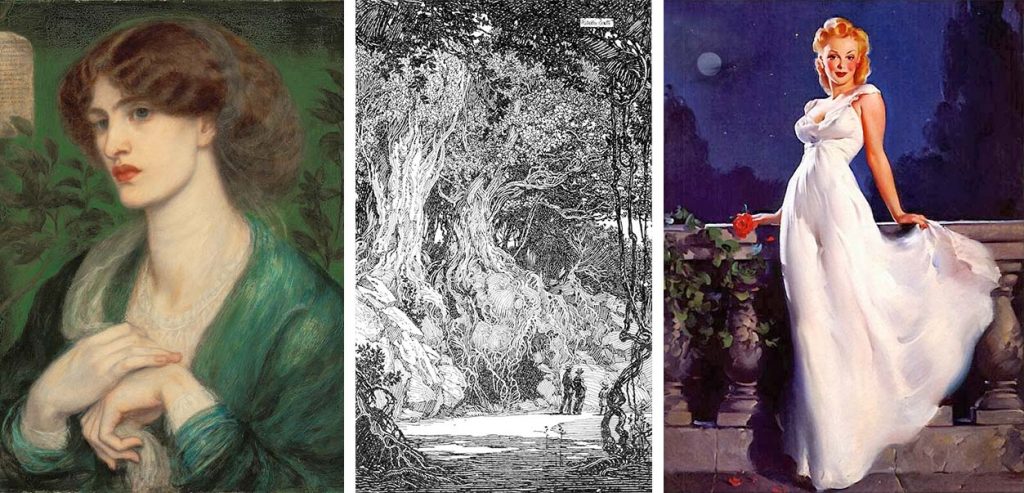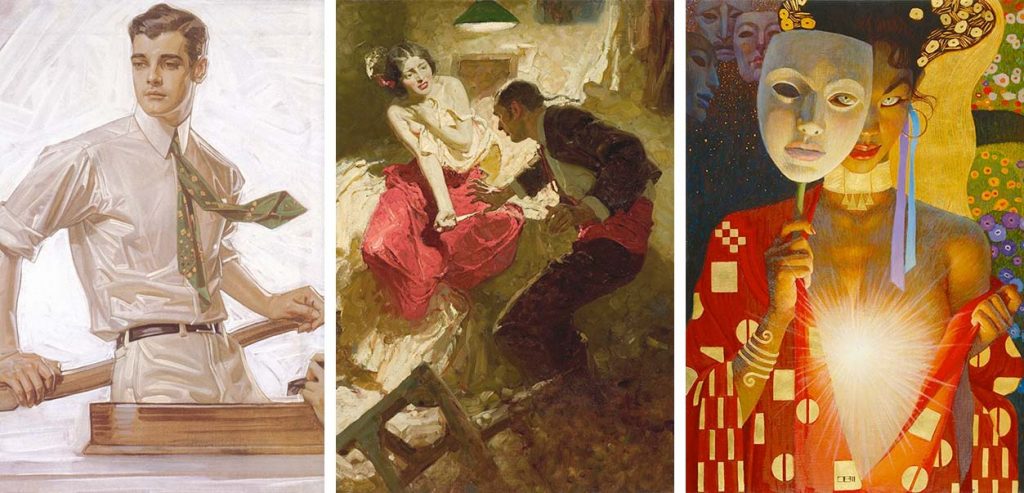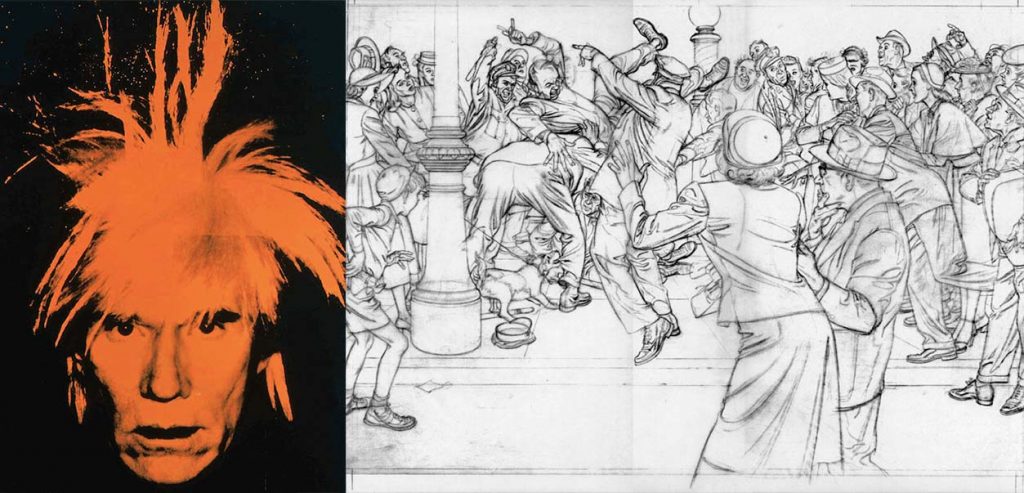For the longest time, I was self-conscious about being a self-taught artist. Now, after going back to school, and completing my undergrad and graduate degrees, I realize that my autodidacticism is what I’m most proud of.
Let me explain.

My first go-round with Higher Ed ended with an Associate’s Degree and a general distaste for contemporary gallery art. I vividly remember my 20th Century art history class, where the professor, Marlene, devoted half a class period to gushing about Vito Acconci, the 1970s performance artist who positioned himself under the gallery floor and masturbated into a microphone for eight hours a day. I didn’t get it. Still don’t. I realize this makes me an ignorant philistine to some fine art folks, and I’m okay with that.
I just wanted to learn how to draw and paint better, man. Still do.

At the same time, comic artists—through published interviews—were directing me to the artists I ended up studying. While I was in High School, Barry Windsor-Smith introduced me to Dante Gabriel Rosetti and the Pre-Raphaelites, Mike Kaluta opened me up to Art Deco, and Bernie Wrightson showed me Franklin Booth. During my community college days, while Marlene was fixating on Vito, George Perez shared Alphonse Mucha, Steve Rude trumpeted Andrew Loomis, Harry Anderson, and Haddon Sundblom, and Dave Stevens hipped me to the likes of George Petty and Gil Elvgren.
And the exploration of those artists revealed an even larger artistic lineage. Talking to artist friends, peers, and colleagues opened up even more new worlds, from JC Leyendecker to Joseph Clement Coll, from Robert Fawcett to Dean Cornwell, from Frank Schoonover to Robert Maguire, from Albert Dorne to James Montgomery Flagg. And on and on…Drew Struzan, Thomas Blackshear, Roy Krenkle, J. Allen St. John, NC Wyeth, Howard Pyle, James Bama, Tom Lovell, Robert McGinnis…and hundreds more.

Those disparate voices inform how I look at art. I’m not unique in this, but that particular blend is distinct from the oeuvres covered in the standard art history classes. Those same classes beat the same drum, too, that narrative art dominated visual arts for centuries, but the Impressionists and Post-impressionists—and everyone who came after—found that approach boring and abandoned narrative art in the pursuit of pure form and the pursuit of “art for art’s sake.” The implication being that narrative art somehow disappeared.
Which it didn’t.
There’s a wonderful anecdote from Leonard Starr, which goes like this:
The artist Andy Warhol explained to Albert Dorne, “Art must transcend mere drawing.” “Pardon me, Andy,” Dorne interrupted, “but there’s nothing all that fucking mere about drawing.”

There’s nothing wrong with wanting to incorporate messaging and subtext into the work. But there’s such a focus on it in art schools, that young artists dive into the messaging before they’re even able to draw very well. That’s a shame, because badly-drawn work turns me off before I have the chance to contemplate the meaning behind your work.
So thank you to all the great artists and illustrators who came before, lighting the path and educating me. And thanks to my friends, colleagues, peers, and mentors—illustrators, cartoonists, and fine artists—who have shared their passion and enthusiasm, broadening my artistic worldview along the way. However slow my growth has been, I’m in your debt and continue to move forward, proudly autodidactic.
And thanks to Marlene, who made “fine art” so unpalatable to me that I was forced to seek education on my own. Without you, I’d have probably pursued a path I didn’t have the chops to pursue and would have given up in frustration.
